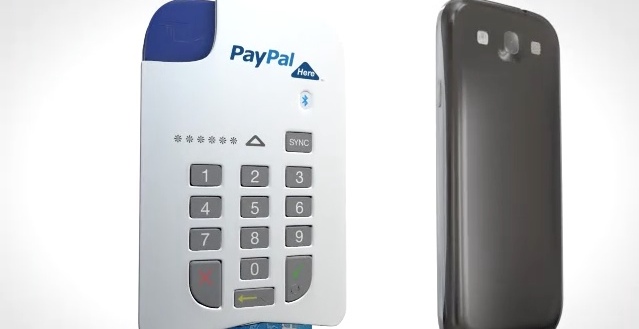 When payments companies go to sleep at night, do they dream of Paypal?
When payments companies go to sleep at night, do they dream of Paypal?
Paypal’s latest headline-making move is a deal with NCR that will allow restaurant shoppers to take care of their bill using their Paypal account. This comes courtesy of NCR’s new mobile payment app, Mobile Pay, launched in December.
In addition to making it easier for consumers to pay the tab (re-order drinks and opine on their evening out via social media), Mobile Pay eventually will allow patrons to place orders from their mobile devices.
There’s more to the partnership than a good meal at a nice restaurant, however. The plan is to further integrate Paypal into other NCR products, such as Convenience-Go and Netkey Endless Aisle. Convenience-Go is an app geared toward gas stations, mini-marts, and convenience stores. The Netkey Endless Aisle app is a digital companion for in-store shopping.
How big of a deal is this for Paypal? Here are a few facts and figures about NCR:
- It has 1.2 million point-of-sale systems deployed by retailers
- Its Aloha point-of-sale system is used by more than 60,000 restaurants
- It has deployed more than 100,000 self-checkout kiosks at retailers
- It is used by more than a third of the top 100 U.S. restaurant chains.
This is far from Paypal’s only foray into the food business.The company is testing a mobile, pre-order app in 30 McDonald’s locations in France. The system allows consumers to order meals ahead of time and pay online. The company is currently testing a similar system with Jamba Juice in the U.S.
Paypal, Retail, and Putting the Shopping Back into Window Shopping
Paypal continues to prove itself more than capable of playing well with others. The company announced new brick and mortar partners in Radio Shack and Dollar General, adding to a roster that already includes a variety of retailers from Aeropostale to Tiger Direct.
With 23 retailers on board nationally as of the end of 2012 Paypal’s in-store technology allows shoppers to make payments via a PIN code or a Paypal credit card. One significant attraction of the new technology is that it does not require merchants to swap out their existing payments infrastructure.
And while Paypal has no professed interest in moving merchants away from their current POS systems, the company continues to compete aggressively against traditional credit cards and other mobile payment systems.
In fact, as reported late last year, Paypal is experimenting in Amsterdam with a QR code strategy to really put the “shopping” in “window shopping.” When fully implemented, window shoppers will be able to scan and order items they spot in store windows and have them delivered to their homes.
Paypal By the Numbers
- Forecast $10 billion in mobile payment volume in 2012
- Has more than 100 million active accounts
- Provides in-store service at 23 national retailers and 18,000 brick-and-mortar stores
- Plan to have Discover Financial Systems merchant locations accept Paypal payments by Spring 2013
See Paypal’s most recent Finovate demo here.
 TechCrunch reports: PayPal separates developer platform from X.commerce, launches Simpler mobile APIs.
TechCrunch reports: PayPal separates developer platform from X.commerce, launches Simpler mobile APIs. TSYS
TSYS 













 BillFloat
BillFloat